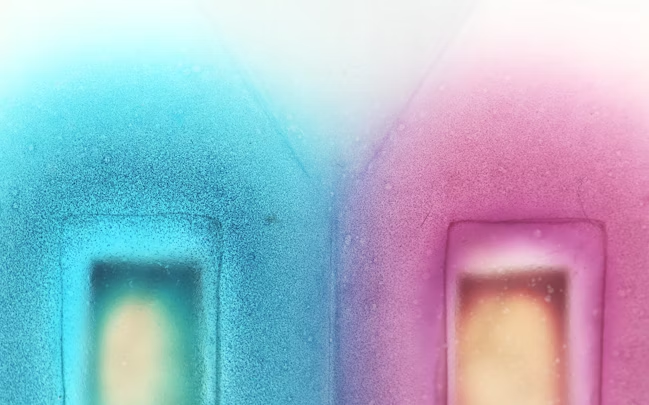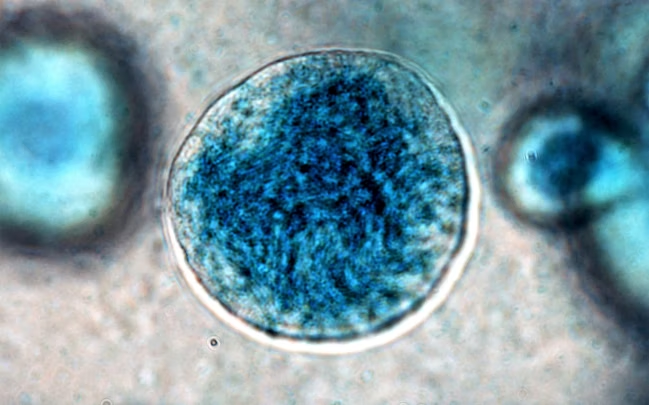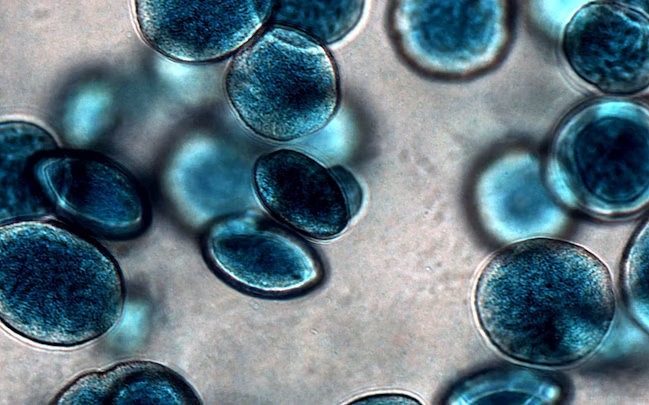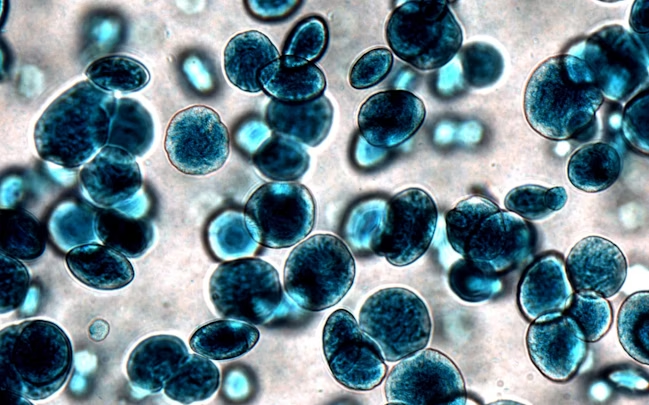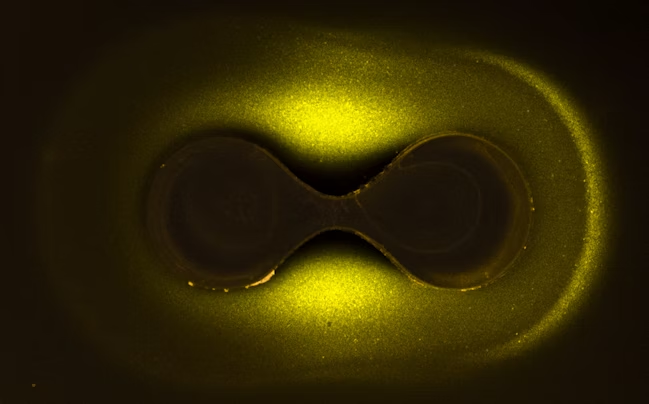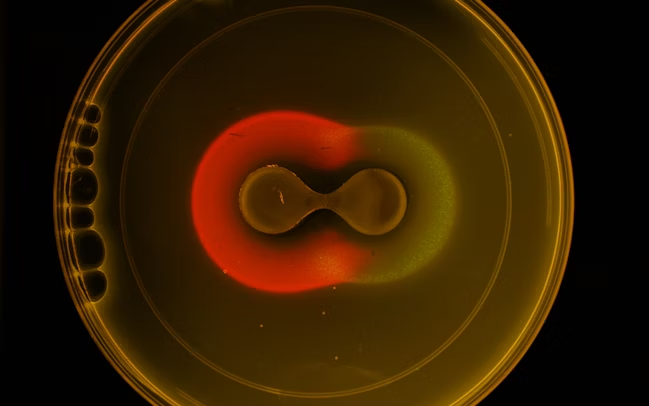Hybrid Living Materials

Programmable biohybrid fabrication
Research team (Vespers III): Christoph Bader, Rachel Soo Hoo Smith, Dominik Kolb, Sunanda Sharma, João Costa, James C. Weaver. Prof. Neri Oxman
Position
Hybrid Living Materials is an integrated framework for data-driven design of geometrically, materially, and biochemically complex objects through the control of biosynthetic bacteria in novel resins containing molecular inducers. The objects created through this framework demonstrate an iterative approach for computational design of localized cell behavior through material fabrication, and also leverage advanced digital fabrication tools that uniquely incorporate techniques from synthetic biology. Our framework enables the creation of complex free-standing objects or scaffolds for a variety of applications, including point-of-use synthesizers, bioremediation devices, and whole-cell sensing matrices.
To date, the fields of biomaterials and tissue engineering have made great advances towards the creation of material gradients in microenvironments and scaffolds that direct cell behavior. However, existing fabrication methods for creating materially heterogeneous substrates often focus on a single property through which to influence cells – such as surface stiffness, porosity, patterning, roughness, hydrophilicity, or chemical concentration. We reasoned that by incorporating multiple material properties, we can build more dynamic and complex microenvironments and substrates, leveraging more functionalities of living cells within a single integrated object.

Incubation Temperature in Celcius
Process
The development of bio-signaling resin, though the direct incorporation of bio-signaling molecules into UV-curable photopolymer resin, allows for complete automation of signaling at the native resolution of the printer. Furthermore, it enables the placement of multiple orthogonal signals in parallel, as well as their tunable mixing, and higher levels of bioactivity patterning, complexity, and logic.
We proved the preservation of inducer functionality when solubilized in photopolymer resin and after undergoing curing conditions, as well as minimal property changes to viscosity and curing of resin. Furthermore, we confirmed bio-signal orthogonality and the ability to incorporate substrates as well as inducers. In noted experiments, resins are loaded directly into the printer. We then demonstrated multiple diffusion outputs in one fabricated part with mixing of adjacent diffusion gradients.
This enables chemical interaction on the surface in predefined areas. Furthermore, in synthetic biology, cells can be designed to perform logical functions similar to those in digital logic or Boolean logic such as an AND gate. Thus, the mixing shown may further increase the potential to spatially pattern cells in a desired manner. The combined developments in the computational and physical integration of biochemicals into DDMM, as well as experimental data in material gradient characterization, may now inform higher level/complex design of bioactivity.

Credits
Collaborators & Contributors: Wyss Institute, Harvard University; Dana-Farber, Cancer Institute, Harvard Medical School; Synthetic Biology Center, Massachusetts Institute of Technology; MIT Media Lab
All images and videos courtesy of Neri Oxman and The Mediated Matter Group

